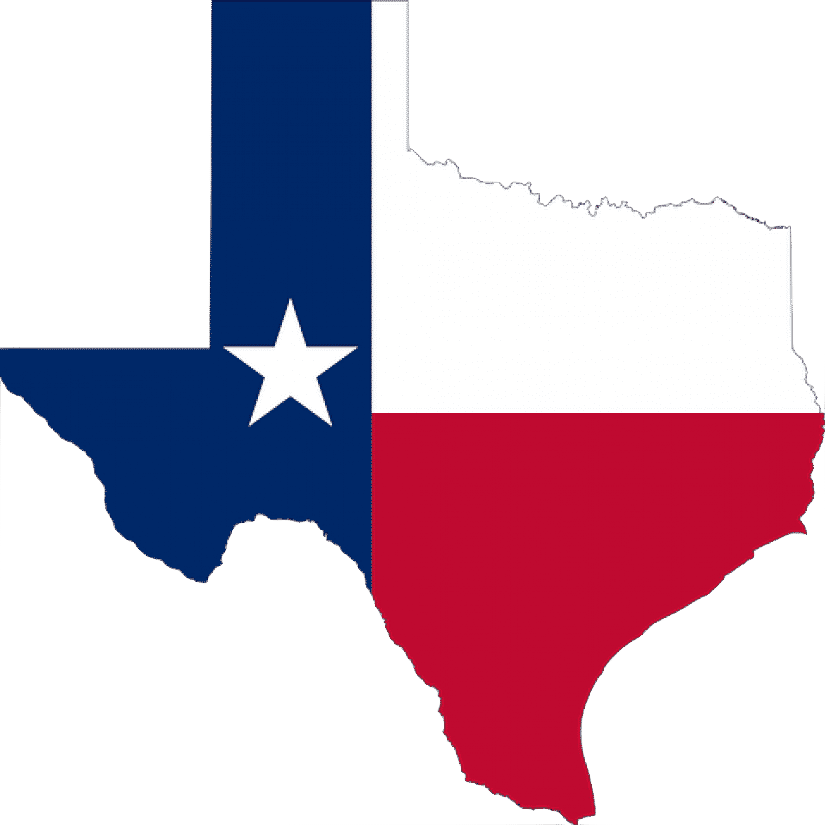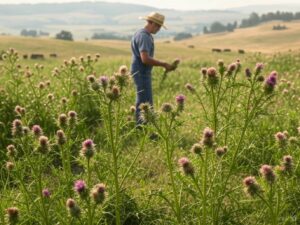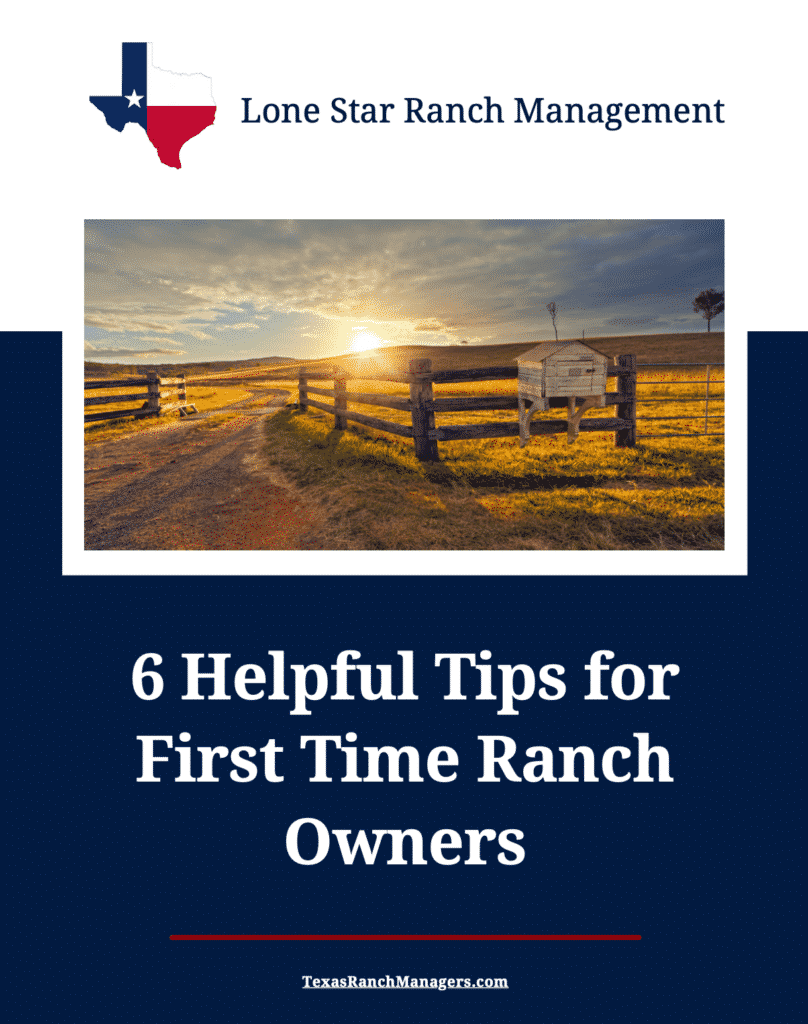Wild hogs, also known as feral pigs, are a growing concern for landowners, farmers, and conservationists. These highly adaptable and intelligent animals cause significant damage to crops, landscapes, and ecosystems. Understanding their behavior and implementing effective prevention strategies is key to minimizing their impact.
**The Problem with Wild Hogs**
Wild hogs are not native to North America and are considered an invasive species. They reproduce rapidly, with sows capable of birthing two litters a year, each consisting of up to a dozen piglets. Their rooting behavior destroys crops, erodes soil, and disrupts native habitats. They also compete with native wildlife for food and spread diseases to livestock and humans.
**Signs of Wild Hog Activity**
To address wild hog problems, you first need to identify their presence. Look for:
1. **Rooting damage**: Uprooted soil, especially around crops, pastures, or lawns.
2. **Tracks**: Cloven hoofprints, often with a rounded shape.
3. **Wallows**: Muddy areas created when hogs roll in wet soil to cool off.
4. **Droppings**: Scat that is larger than deer feces, often with visible seeds.
**Strategies for Prevention**
1. **Secure Fencing**
High-quality fencing is one of the best defenses against wild hogs. Use heavy-duty materials like woven wire or electric fencing. Bury the bottom of the fence at least 12 inches underground to prevent hogs from rooting under it.
2. **Trapping**
Trapping is an effective way to control wild hog populations. Use corral-style traps that can capture multiple hogs at once. Bait traps with corn, molasses, or acorns to increase success.
3. **Hunting**
In areas where it is legal and safe, hunting can reduce hog populations. Some regions allow night hunting or the use of thermal imaging equipment to track hogs more effectively.
4. **Habitat Modification**
Remove food sources and cover that attract hogs. Keep livestock feed secure and eliminate access to easy water sources. Clearing dense vegetation can also reduce areas where hogs can hide.
5. **Professional Assistance**
In cases of severe infestations, consider hiring wildlife management professionals. They can use advanced trapping techniques, aerial hunting, and other specialized tools to address the issue comprehensively.
**Long-Term Management**
Preventing wild hogs is an ongoing effort. Regularly monitor your property for signs of activity and maintain preventative measures. Collaborate with neighbors and local agencies to share information and coordinate larger-scale control efforts.
**Final Thoughts**
Wild hogs are a challenging pest, but with proactive prevention and management, you can protect your land and restore balance to your ecosystem. By understanding their behavior and implementing strategic solutions, you’ll be better equipped to keep these invasive animals at bay. If you need assistance with hog mitigation or comprehensive ranch management, Lone Star Ranch Management is here to help. https://texasranchmanagers.com






